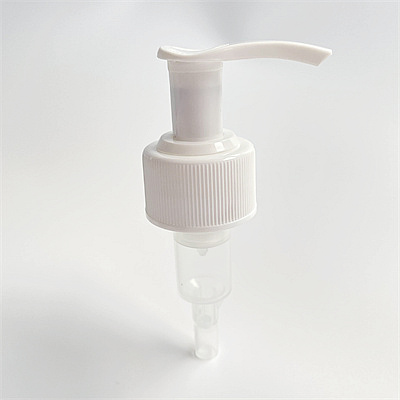Demystifying the World of Lotion Pumps
October 05, 2024
In the personal care and cosmetics industry, packaging is more than a container—it's a key part of the product experience. Lotion pumps, in particular, play a critical role in delivering convenience, hygiene, and branding appeal. But what exactly makes a lotion pump function so effectively? Let's explore the mechanics, variations, and market relevance of these essential dispensers.
How Do Lotion Pumps Work?
Lotion pumps operate through a spring-actuated piston mechanism. When pressed, the actuator pushes air out of the pump chamber, creating a vacuum that draws the product up through the dip tube and out through the nozzle. Once the pressure is released, the spring resets the actuator for the next use.
Key components:
Actuator: The top part pressed by the user.
Pump chamber: Where pressure is built to dispense the product.
Dip tube: Draws product from the bottom of the bottle.
This design enables precise dosage, typically 1.2ml to 2.0ml per stroke, which reduces waste and enhances user control.
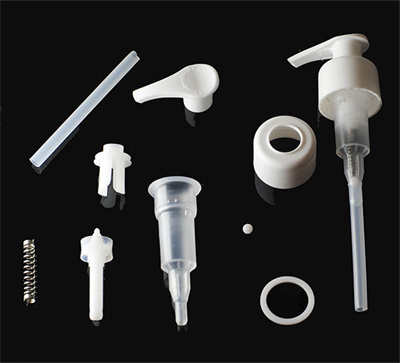
Market Trends and Data
According to a 2024 report by ResearchAndMarkets, the global lotion pump market is projected to grow from USD 3.8 billion in 2023 to USD 5.4 billion by 2028, driven by rising demand for skincare and haircare products. Eco-friendly and refillable packaging solutions are also gaining traction, prompting manufacturers to offer recyclable and customizable pump designs.
Types of Lotion Pumps
1. Standard Dispenser Pumps: Most common for lotions, shampoos, and soaps.
2. Lock-Up Pumps: Feature a twist-lock for leak-proof transport.
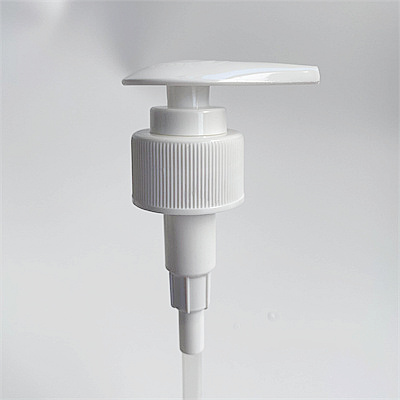
3. Foaming Pumps: Convert liquid into foam, ideal for facial cleansers.
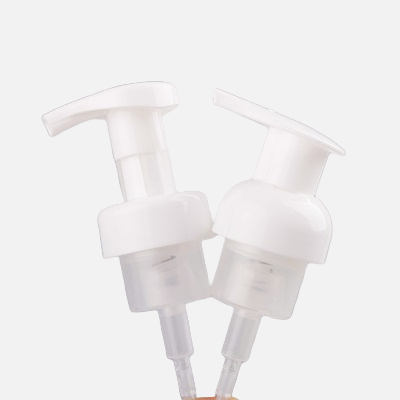
4. Airless Pumps: Eliminate dip tubes; instead, use a vacuum chamber—great for sensitive skincare products.
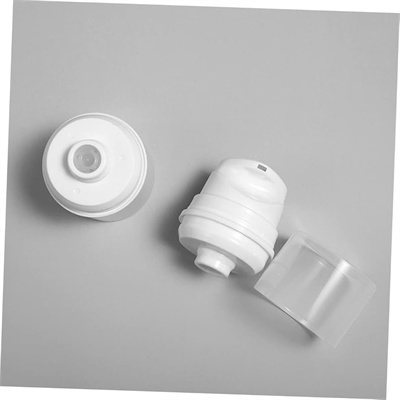
Choosing the Right Pump for Your Product
When selecting a lotion pump, consider:
Viscosity of the product (thin liquid vs thick cream)
Dosage needs
Neck size compatibility (e.g., 24/410, 28/410)
User experience: Is a smooth, low-resistance pump action required?
Brand aesthetics: Colors, shapes, and custom embossing options
High-quality pumps prevent clogging, ensure product integrity, and reduce consumer frustration.
Sustainability in Pump Design
Eco-conscious brands are turning to mono-material pumps (made from a single recyclable plastic) or refillable pump bottles. Bioplastics and ocean-reclaimed plastics are also gaining attention. As consumers demand more sustainable packaging, pump design is evolving to meet both functional and environmental goals.
Why Work with a Custom Manufacturer?
Choosing a reliable packaging partner allows for:
Tailored neck sizes and discharge rates
Custom coloring and surface finishes (e.g., matte, glossy, metallic)
Integration of locking mechanisms or childproof designs
Rigorous quality control and compatibility testing
Custom lotion pumps not only enhance product performance but also reinforce brand identity.
Lotion pumps may seem simple, but behind every smooth press lies a complex mechanism of engineering, user psychology, and design. With innovations in materials, sustainability, and aesthetics, modern pumps are essential to packaging strategy—especially for skincare, cosmetics, and personal hygiene brands.
Need customized lotion pumps for your product line? Contact MIYA Packaging to explore solutions tailored to your brand.

